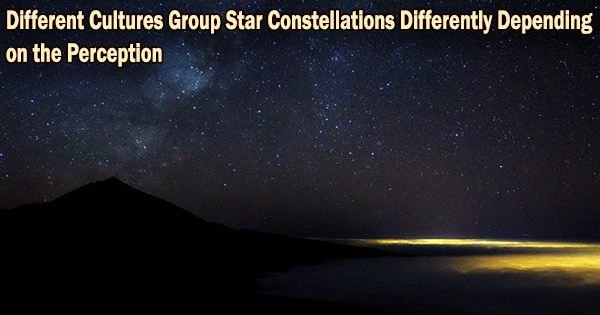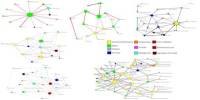There are several stars visible in the night sky, all of which vary in brightness and proximity. You may have learned to recognize specific constellations or configurations in the sky, such as the Big Dipper or Orion’s Belt, if you have studied the star patterns in the night sky.
Growing up in the US or Europe may expose you to constellation names that are representations of characters from Greek mythology. However, other cultures have also named constellations that they have observed and named.
A paper in the March 2022 issue of Psychological Science by Charles Kemp, Duane Hamacher, Daniel Little, and Simon Cropper addresses two interesting psychological questions about these configurations of stars.
First, do different cultures actually see some of the same patterns in the night sky? If they do, then does that reflect something about the way that human perception creates patterns?
Of course, if different cultures perceived the night sky in radically different ways, the paper wouldn’t be all that interesting. While there is undoubtedly some cultural variation, the researchers looked at data from 27 different cultures and discovered a startling amount of overlap.
Particularly when you concentrate on the brightest stars in the night sky, you discover that cultures frequently form comparable clusters. Although these classifications are not exactly the same, there is a lot of overlap across the various groups that separately choose how to observe the night sky.
Given this cross-cultural consistency, the researchers investigated if straightforward visual principles might account for the usual groups. Early in the 20th century, psychologists discovered the factors that influence whether you perceive something as a component of the same item or a different object. Using the German word for shape, they referred to these as the Gestalt principles.
Consider what occurs, for instance, when a sign has two sets of lights that flash one after the other. This may appear to you as numerous couples moving around the sign’s edge. This perceptual experience demonstrates our propensity to combine objects that have similar appearances, are physically close to one another, and move in unison.
The scientists created a straightforward algorithm using a map of the stars to identify which stars people would be most likely to group together based only on visual qualities. They only concentrated on stars that would appear similar in the night sky and were moderately bright, after which they grouped stars that were also moderately close together.
The computational approach was able to group stars that feature in many of the most well-liked groupings across cultures just based on these criteria. When analyzing the groupings that various cultures produced, the model would often account for some of them entirely, some of them somewhat, and there were frequently others that the model did not find.
This trend shows that a lot of the star clusters that different civilizations create are based on straightforward visual clusters. Then there are others that have extra stars that the model does not incorporate, which may be a result of cultural or other perceptual differences.
For example, a particular star might be important for navigation, so it might be included in a grouping. Or a grouping based on visual properties might resemble some object that is culturally significant, so other stars might be added to fill out the pattern.
Of course, every culture also has its idiosyncrasies. Each had at least a few star configurations that didn’t match a clear perceptual grouping as a result. However, the key finding is that a significant portion of the configurations that were culturally significant also did have a distinct perceptual basis.
















